[/caption]
A Russian Soyuz capsule carrying the first crew of humans to fly to space in the post Space Shuttle Era has successfully docked at the International Space Station early this morning, Nov. 16 at 12:24 a.m. EST, averting the potential of having to at least temporarily abandon the massive Earth orbiting research complex.
After an 11 year stretch of continuous human occupation, the future residency of humans aboard the ISS swung in the balance in the wake of a Russian Soyuz rocket failure in August that temporarily grounded all Soyuz launches – manned and unmanned – until the root cause was determined and satisfactorily rectified with NASA’s consent.
The very survival of the ISS hinged on the successful launch of a trio of Russian and American space flyers just 2 days ago from the Baikonur Cosmodrome in Kazahkstan aboard the Soyuz TMA-22 capsule, which took place amidst an unprecedented blizzard and white out conditions with near zero visibility.
The three man crew of Russian rookie cosmonauts Anton Shkaplerov and Anatoly Ivanishin along with veteran NASA astronaut Dan Burbank arrived at the Poisk module of the orbiting outpost just in the nick of time – before the last three ISS crewmembers still aboard would have been forced to depart just 5 days from today leaving no humans aboard.
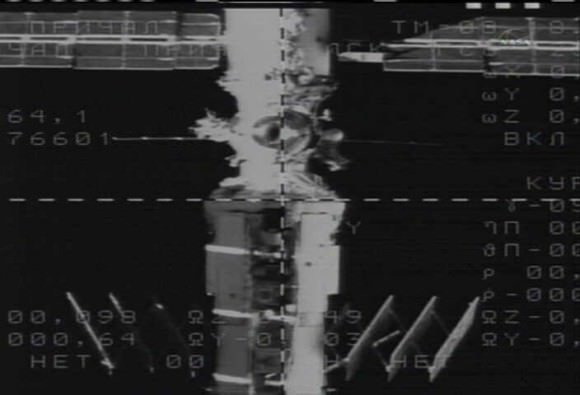
Luckily the Soyuz launch and automated rendezvous and linkup with the ISS flying some 400 km (248 miles) above the South Pacific proceeded flawlessly, announced Russian space officials at Mission Control in Moscow shortly after the successful docking. The event was carried live on NASA TV.
A full complement of 6 crew members was thus restored to the ISS, but the handover period will be exceedingly short because the Soyuz TMA-22 launch was postponed from September 22 due to the Soyuz rocket failure in August carrying the unmanned Progress cargo resupply vessel.
The new trio joins the current Expedition 29 residents comprising ISS Commander Mike Fossum (NASA) and Flight Engineers Satoshi Furukawa (Japan) and Sergei Volkov (Russia). But Fossum, Furukawa and Volkov will depart on Monday, Nov. 21, and thereby reduce the station crew population back down to three.
“The crew will have a very busy time during the short handover period,” said William Gerstenmaier, NASA Associate Administrator for the Human Exploration and Operation Directorate, who was present in Moscow.
“I want to thank our Russian colleagues for a tremendous job. It’s great to have six people back aboard the ISS,” Gerstenmaier said.
The newly arrived crew is expected to stay at the ISS for about five months and carry out a wide range of science experiments.
After closing the hooks and latches, removing the docking probe and conducting extensive pressure and leak checks, Shkaplerov, Ivanishin and Burbank opened the hatches and floated into the ISS to join their awaiting friends friends with a big round of bear hugs and greetings at about 2:39 a.m. EST today, Nov 16.
“Its great to see all six of you together up there,” radioed Gerstenmaier after the hatch opening.
“It’s was a great ride uphill and it will be a great stay up here,” Burbank replied.
The cosmonauts children exuberantly said “Hi , how are you. Kisses to you Daddy !” to their dads in space moments later !
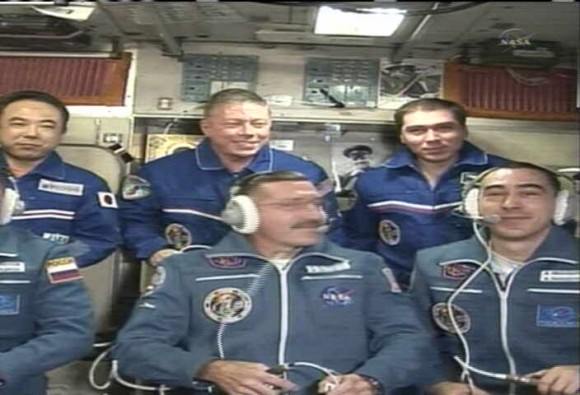
The next three man Soyuz crew of US astronaut Don Pettit, Dutch astronaut André Kuipers, and Russian cosmonaut Oleg Kononenko, is set to arrive on December 23 and again restore the crew to a full complement of six.
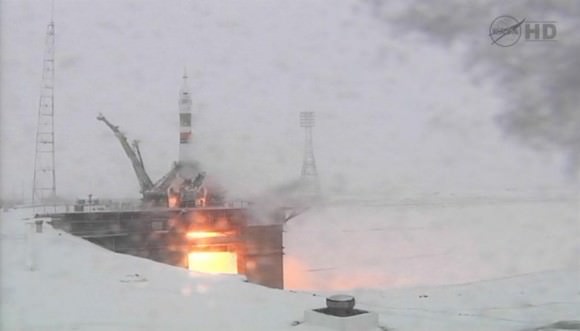
Read Ken’s continuing features about Russian Space Programs including Soyuz, Progress, Phobos-Grunt and Soyuz in South America starting here:
Soyuz Launches to Station amid Swirling Snowy Spectacular
Soyuz Poised for High Stakes November 13 Blastoff – Space Stations Fate Hinges on Success
Success ! Launch Video of Crucial Russian Rocket to ISS puts Human Flights back on Track
Russians Race against Time to Save Ambitious Phobos-Grunt Mars Probe from Earthly Demise
Russia’s Bold Sample Return Mission to Mars and Phobos Blasts Off
Video Duet – Soyuz Debut Blast off from the Amazon Jungle and Rockin’ Russian Rollout !
Historic 1st Launch of Legendary Soyuz from South America
Russian Soyuz Poised for 1st Blastoff from Europe’s New South American Spaceport
Nov 16: Ken Kremer lectures about Mars and Vesta exploration at Gloucester County College, NJ

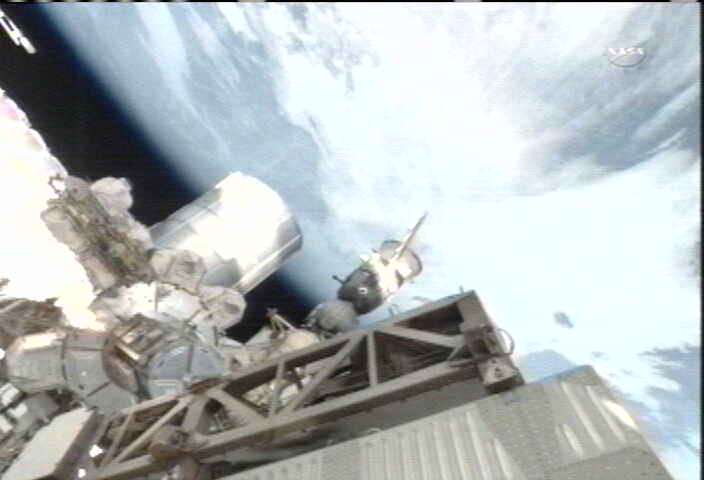
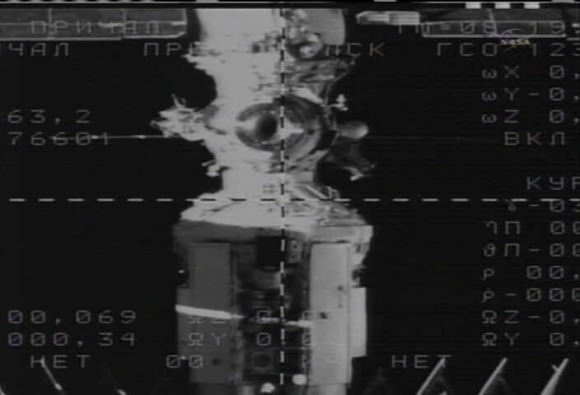
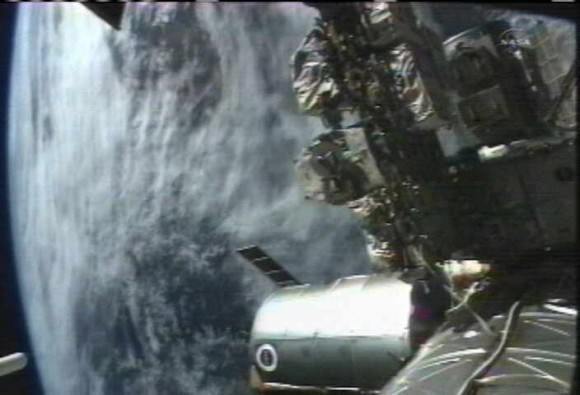
inb4 Ivan; slight typo with the paragraph about ‘space dads’, you have moment spelt ‘momnet’ :p
go get a life idiots 🙂
Yahoo!!! This IS good news!!!!
The soyuz shown docked in your first photo is 27S which docked back in June. the new Soyuz 28 which docked last night is on the zenith port.
Sigh of relief… sheesh… etc….
I DO NOT ACCEPT GLOBALIZATION as the panacea of peace, love and dove in our generation… whatever! WE are GOOD with technologies, we launch successful air, sea and space craft while the rest of the world lingers behind. The tales of Russian and Chinese tech superiority is a MYTH, for our administration to bail out financial institutions with no PROFIT gain, is socialist, we needed to continue the Space Shuttle, that is OBVIOUS… the American people have lost their edge… the world suffers for this.